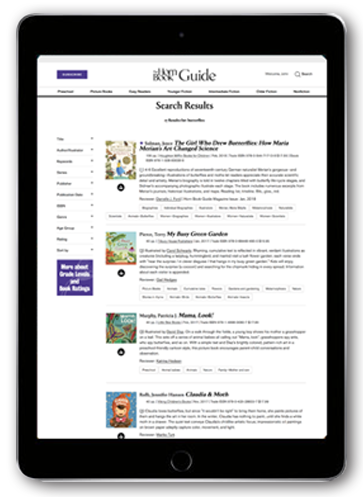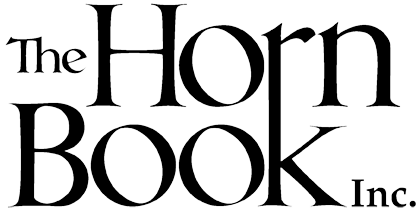Microscopes
6 Reviews
(2)
K-3
Illustrated by
Adria Meserve.
Seventeenth-century "natural philosophers" Galileo Galilei (who looked out into the universe using a telescope) and Antonie van Leeuwenhoek (who looked closely into water droplets with a microscope) made their important scientific discoveries in astronomy and microbiology, respectively, using innovative improvements to the glass lens. As the cleverly constructed narrative moves chronologically through the lives of both scientists, it steps back and forth between them, highlighting the parallels in their experiences as well as emphasizing the practices and passions of science. Both men had creative aha moments, were meticulous inventors, and remained patient in the face of setbacks on their paths to discovery. They also depended on the scientific community and larger society for patronage and acceptance or rejection of their published scientific models, which led to challenges -- Galileo with the Catholic church and Leeuwenhoek with his unwillingness to share his lens technologies. Meserve's entertaining and informative illustrations are filled with details about the scientists, their objects of study, and the places and times in which they lived; the compositions employ inventive designs to underscore common features of the scientists' lives and work. Galileo and Leeuwenhoek are united in spirit in the final illustration of stars, planets, and the Milky Way filling the sky above a pond crowded with bacteria, microbes, and other tiny living creatures.
Reviewer: Danielle J. Ford
| Horn Book Magazine Issue:
November, 2024
(2)
4-6
Illustrated by
Vivien Mildenberger.
In seventeenth-century Delft, in the Netherlands, Antony van Leeuwenhoek was a cloth merchant. But he became interested in lenses and magnification and went on to create the most advanced microscopes in the world. Alexander's excellent, accessible biography gives upper-elementary chapter-book readers a feel for both the person and the historical context. Mildenberger's cartoony illustrations include intricately rendered details of the people, places, and microbes of Leeuwenhoek's world. Reading list, timeline, websites. Bib., glos., ind.
Reviewer: Danielle J. Ford
| Horn Book Magazine Issue:
November, 2019
(4)
4-6
Great Minds of Science series.
These revised editions recount important scientific developments and discoveries as well as provide information about the scientists' lives. The writing is generally straightforward but tends to be simplistic, making the subjects seem dull, or confusing when trying to explain their theories. Black-and-white illustrations include portraits and scientific diagrams. Reading list, timeline, websites. Glos., ind. Review covers these Great Minds of Science titles: Charles Darwin, Isaac Newton, Antoine Lavoisier, Antoni van Leeuwenhoek, and William Harvey.
Reviewer: The Horn Book, Inc.
Rainis, Kenneth G.
& Rainis, Kenneth G.
Microscope Science Projects and Experiments: Magnifying the Hidden World
(4)
YA
Science Fair Success series.
Rainis presents thirty experiments with microscopes, from determining how a lens works to measuring a fish's age. Diagrams, charts, photographs, and other boxed material, such as suggestions for science fair projects, are included. Step-by-step instructions would be clearer if numbered, but these pages are already very full. Microtechniques and suppliers are appended. Reading list, websites. Ind.
Reviewer: Frieda F. Bostian
(2)
4-6
Scientists in the Field series.
Photographs by
Dennis Kunkel.
This book profiles Dennis Kunkel, whose expertise lies in the use of microscopy. The text discusses the nature of microscopic images, the role of technical equipment in research, and the reliance of science on observation. Kunkel's colorized microphotographs are enhanced by the sharp layouts. Bib., ind.
Reviewer: Danielle J. Ford
| Horn Book Magazine Issue:
January, 2002
(3)
K-3
While children may be familiar with images of microscopic critters, pictures of outer space, and drops of water frozen in time, this grouping together of items we can't see because they're "too small, too distant, too fast" is a creative idea. Here, the images themselves (liberally color-enhanced) take center stage. Brief explanations of how they were made and their uses are included.
Reviewer: Danielle J. Ford
6 reviews
We are currently offering this content for free. Sign up now to activate your personal profile, where you can save articles for future viewing.









